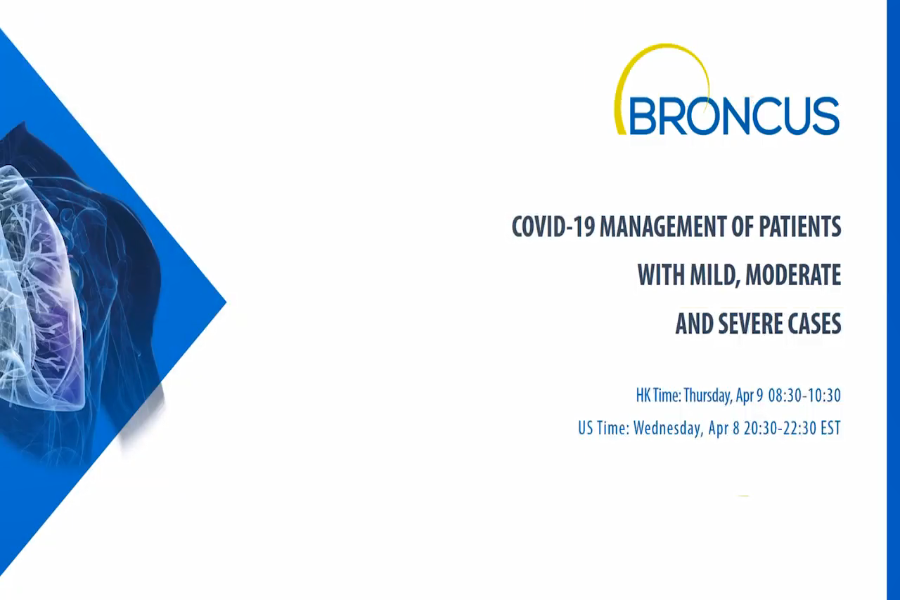National-level peak in diagnosed COVID-19 cases occurring now; peak hospitalizations and deaths within two weeks.
The peak in the number of new infections in the United States overall may already have occurred; this will be followed by a peak in hospitalizations. The United States projected peak need for maximum health care resources (ICU beds and invasive ventilation) was approximately April 11. The peak in the number of COVID-19 deaths will occur somewhat later.
Social distancing is effective.
Social distancing appears to be having an encouraging effect. While the impact of this pandemic is unprecedented in recent U.S. history, the number of deaths may be less than the 100,000–200,000 people projected less than a week ago. If social-distancing practices are maintained at their current level in the United States through August 1, 2020, we may see the number of deaths decrease to 60,000.
Local/regional peak times will differ.
As of April 7, the number of new reported cases in the United States appeared to be nearing an asymptote; while the curve had not yet reached that “flattening out” point, the rise in the number of new cases appeared to be less sharp than previous weeks.
However, the peak in the number of cases or deaths will not occur simultaneously across all regions. In some areas, such as parts of New York (including New York City) and New Jersey, the increase in the number of diagnosed cases has begun to slow down significantly; in others, such as areas of Michigan, Louisiana and Pennsylvania, the number of confirmed cases continues to double every 3 to 7 days (as of April 8).
Thus, the national average is less relevant for health care providers; local and regional projections are more important for managing health care resources.
Greater Philadelphia/Tri-State peak in hospitalizations will occur soon.
In the Tri-State region and Philadelphia, we were, on April 8, still on the sharp rise of the curve. Peak number of cases was expected for the weekend of April 11–12. A peak in requirements for hospital resources, including the number of ICU ventilators, will follow. The death rate will hit its peak approximately 5–6 days later.
Despite a peak in the number of U.S. cases and hospitalizations in places like New York City, the death rate has not yet hit a plateau. New Jersey, Michigan, Pennsylvania, and Louisiana are still on the sharp parts of the curve and will not reach a plateau in deaths for a time—possibly one to two weeks from April 8.
Back to top >
